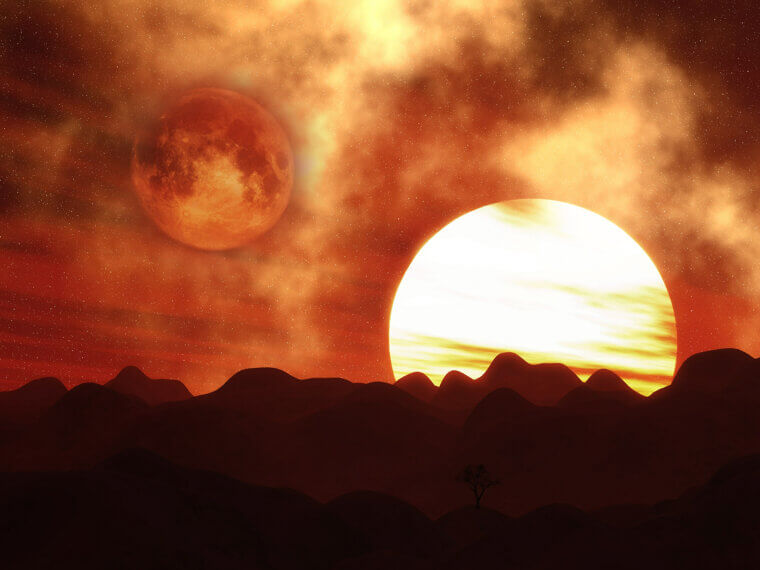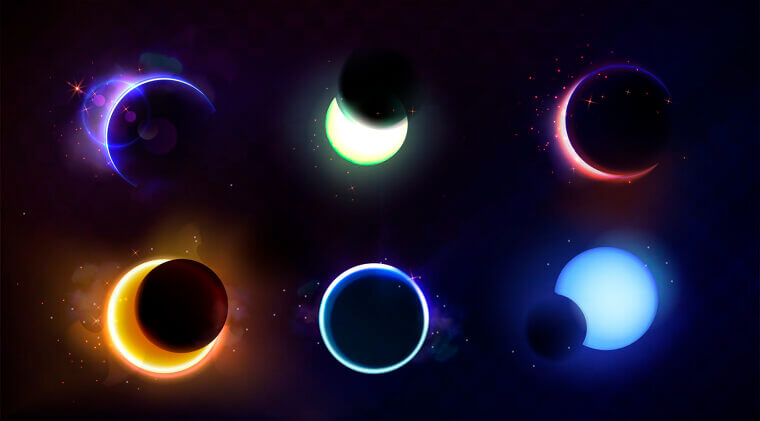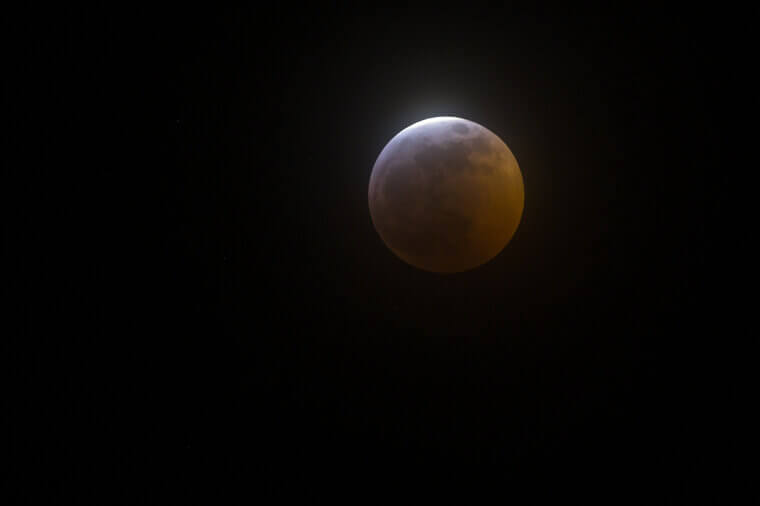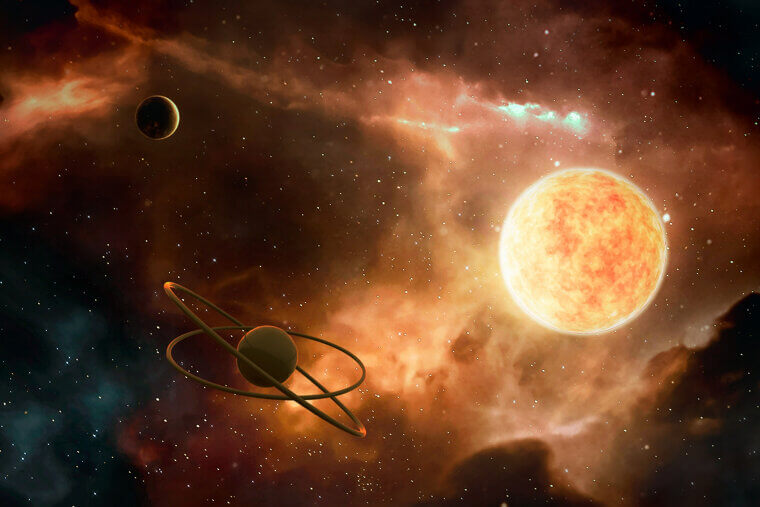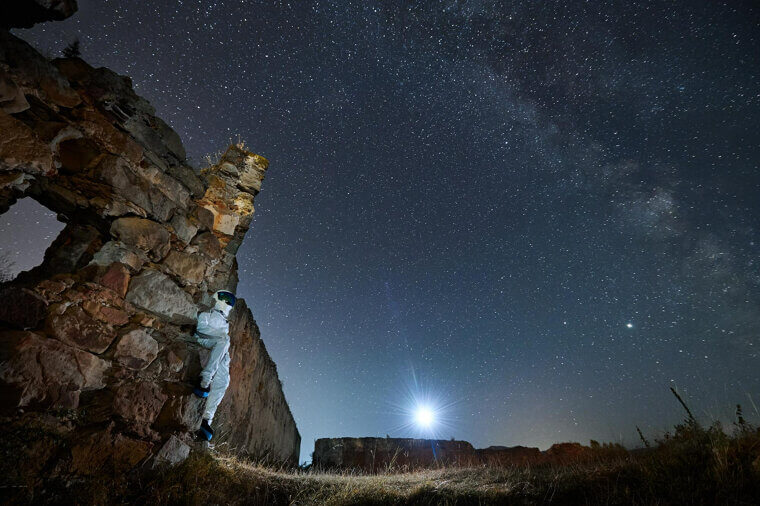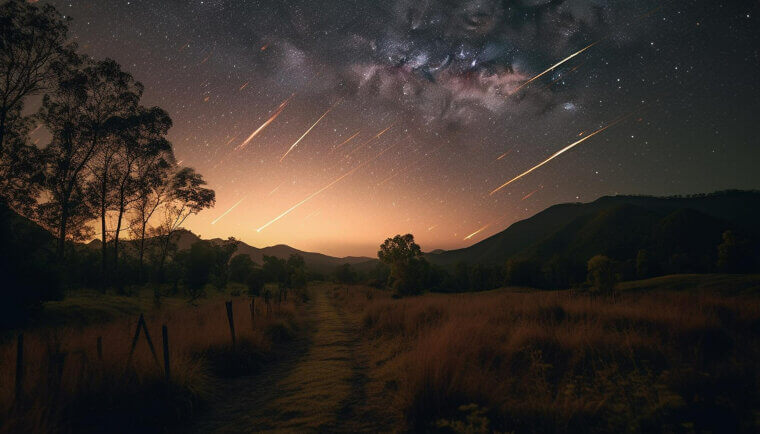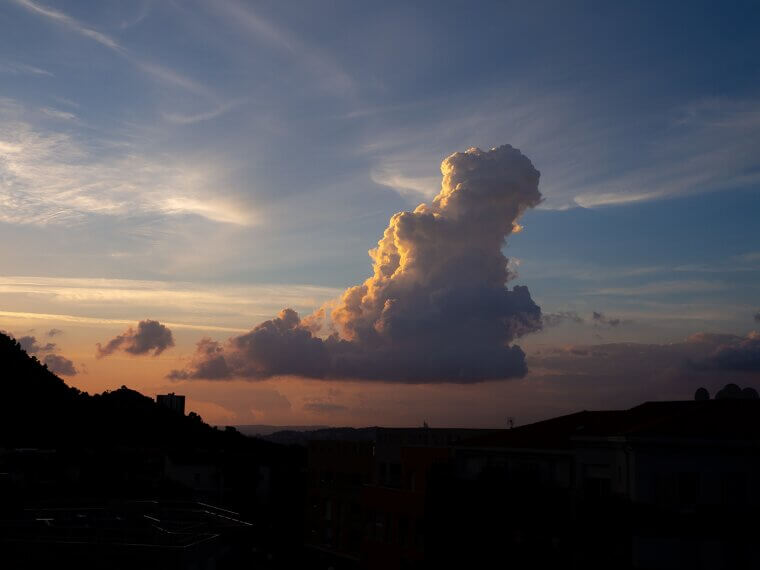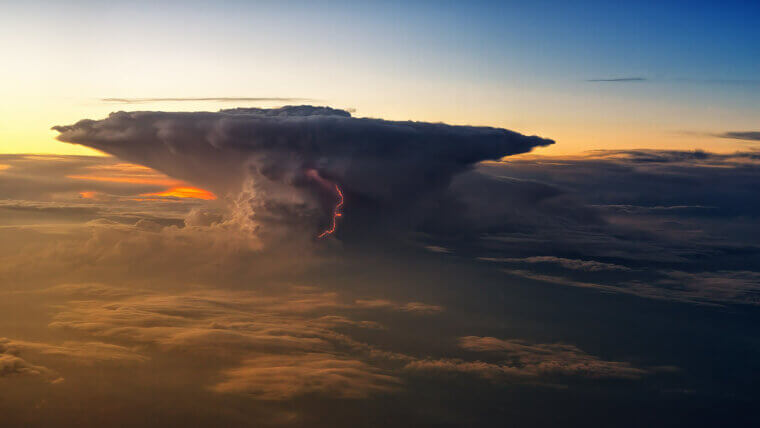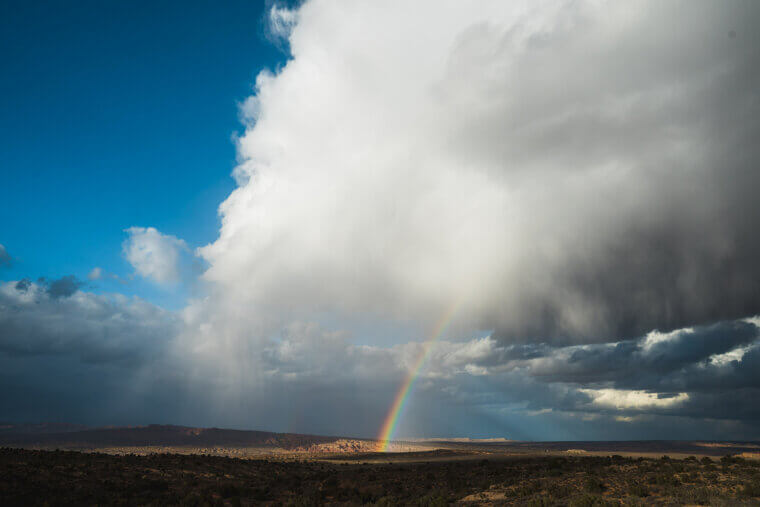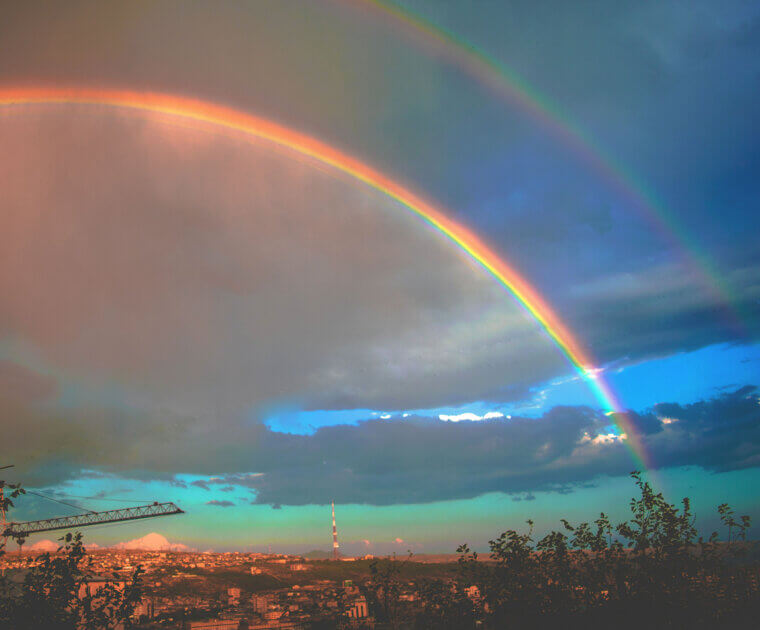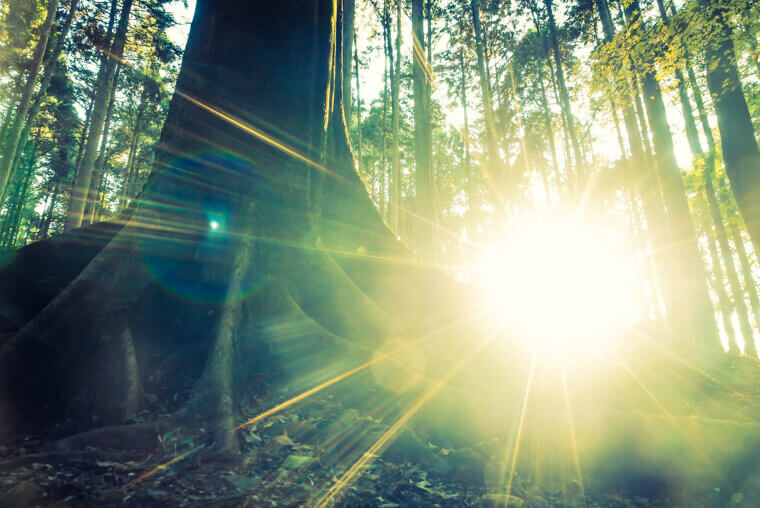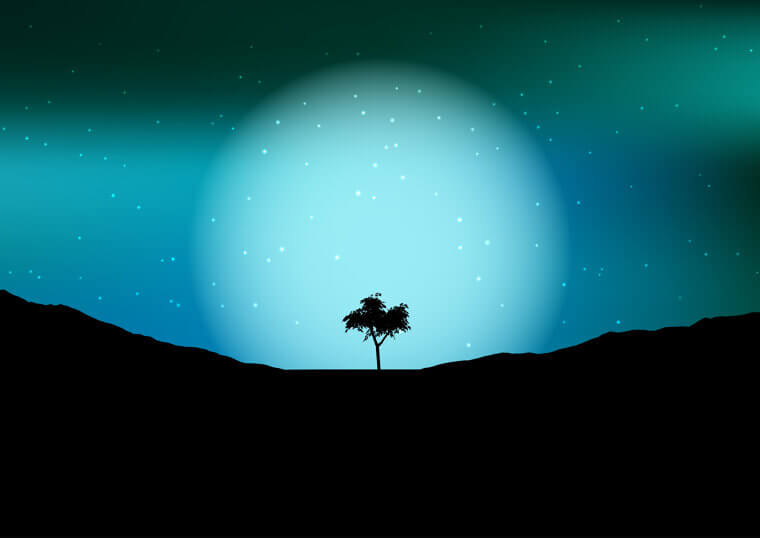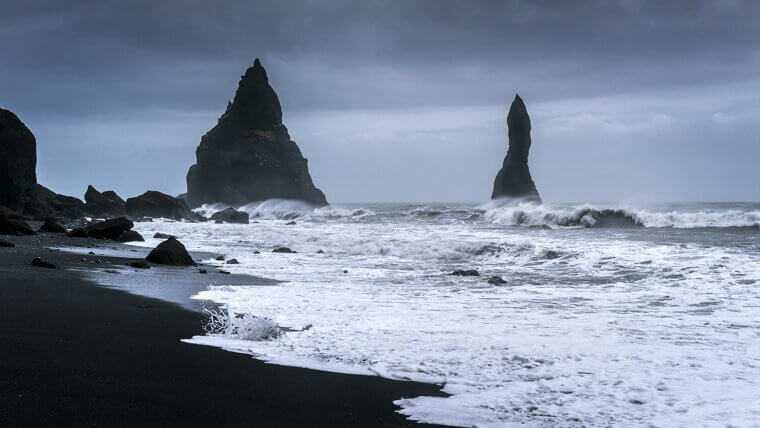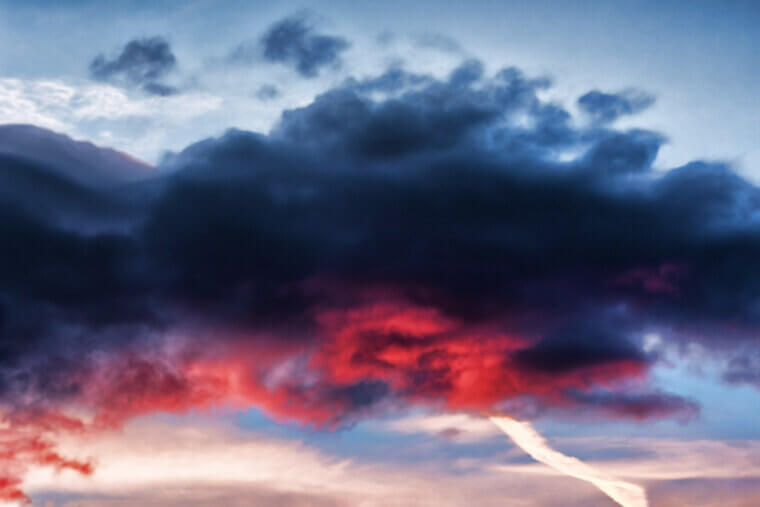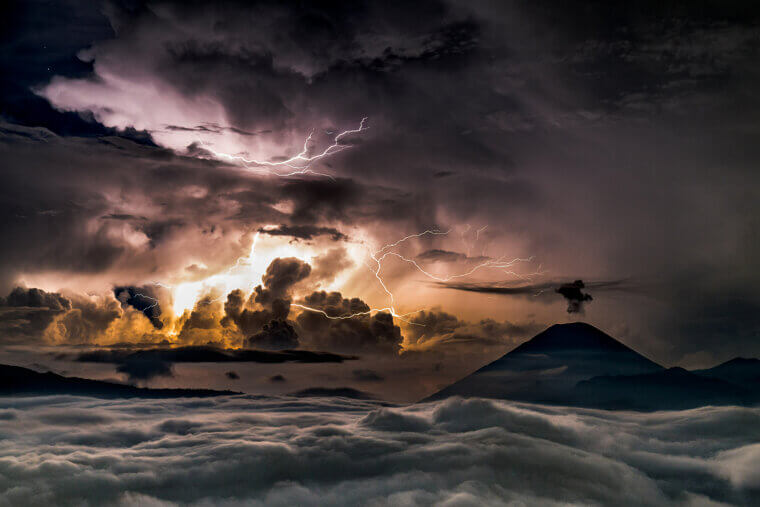Total Solar Eclipse
During a total solar eclipse, the Moon perfectly aligns over the Sun, and the corona spills into view like a white fire. You must stand inside the narrow path of totality, which wanders across Earth on select dates. The show lasts around minutes at midday. Geometry lines up the Sun, Moon, and Earth at just the proper distances. Most locations wait centuries for a rerun. Photograph safely with a certified solar filter until totality, then bracket exposures. Travel light, pack out trash, and keep wildlife calm by minimizing lights, noise, and traffic nearby.
Annular Solar Eclipse
An annular solar eclipse trims the Sun into a thin ring because the Moon is near apogee and appears slightly smaller. View it only along the track of annularity during specific dates and midday windows. Unlike totality, sunlight remains intense, so never remove a solar filter. Use fast shutter speeds to capture the ring safely. These events are less rare than total eclipses, yet still bucket list by location. Share filters, mind fragile desert soil, and avoid trampling tundra. Sometimes the ring pairs beautifully with the mirage shimmer over hot ground.
Total Lunar Eclipse
During a total lunar eclipse, Earth’s shadow gently washes the full Moon in copper and sometimes a wine-red hue. You can watch from anywhere on the night side of Earth with clear skies, usually over several hours that span midnight. Sunlight refracts through our atmosphere and filters out blues, leaving warm tones that change with global aerosols. A telephoto on a tripod at ISO 400 to 1600 captures every phase. Dim porch lights and join a community watch night. It is frequent enough to catch, yet unforgettable when the color deepens.
Great Conjunctions and Planetary Lineups
A great conjunction places bright planets like Jupiter and Saturn uncomfortably close for the casual eye, sometimes joined by graceful multi-planet arcs. Look low in the western or eastern twilight, with dates predicted years in advance, and exact minutes varying dramatically by location. Orbital geometry makes the world appear clustered from our moving vantage point. Tight pairings can be generational. Use a wide-angle lens to capture the landscape context and take short exposures before twilight fades. Choose a local hilltop to cut travel emissions. Binoculars reveal moons and colors that the naked eye often misses.
Naked-Eye Comet
A naked eye comet feels like a postcard from the solar system. Watch predawn or evening along the ecliptic when an apparition graces us for weeks or months. Sunlight and solar wind release dust and gas that glow, causing them to unfurl tails that point away from the Sun. Only a handful per decade get bright enough for easy viewing. Use a tripod, expose for 5 to 15 seconds, and include a landmark for scale. Carpool to dark sites and use red lights to protect night vision while your eyes adjust safely and slowly.
Meteor Storm
A meteor storm upgrades a shower into a sky stampede, with hundreds or thousands of streaks per hour. Head for dark skies where the radiant climbs high, often after midnight, and watch horizons as much as the radiant itself. Earth plows through a dense filament of comet debris and fireworks follow. True storms are once in a generation. Photograph with a wide lens, continuous shooting when possible, and aim about forty five degrees from the radiant. Dress warmly, bring thermos cheer, and pack out every wrapper from remote viewing spots.
Noctilucent Clouds
Noctilucent clouds shimmer like silver curtains at the edge of space, forming approximately 80 kilometres up, where ice crystals catch the twilight while the ground remains dark. Look from 50 to 65 degrees latitude during summer nights when the Sun lurks just below the horizon. Expose for highlights and hunt for mirror calm water to double the drama. Seasonal and latitude-bound, they still often elude many travelers. View from established paths to protect tundra and dunes. Science note: Sightings increased after Krakatau and in recent decades, sparking lively discussions about climate change.
Nacreous Clouds
Nacreous clouds look like mother-of-pearl painted across polar skies. They form in the stratosphere during brutal cold, so Scandinavia, Scotland, and Antarctica get the best auditions in deep winter afternoons and twilight. Tiny ice crystals diffract sunlight into pastel sheens that feel almost unreal. Bring a midrange lens, a meter for the bright cloud, and frame a dark ridge for contrast. Dress for a serious cold and move gently around wildlife. Some winters never deliver these skies, which only makes a lucky appearance feel priceless to photographers and locals alike.
Fogbow
A fogbow is a rainbow’s quiet cousin, a pale ghostly arc that forms when tiny fog droplets scatter sunlight without much color separation. Seek it on coastal headlands, high moors, and foggy valleys with the Sun at your back and a curtain of mist ahead. Conditions are common but the geometry is fussy, so many hikers walk past one. Use a wide lens, step back to fit the full arc, and keep horizons level. Stay on marked trails to protect moss and grasses while you safely chase the white bow.
Circumhorizontal Arc
A circumhorizontal arc paints a vivid band across high summer skies, often mistaken for a fire rainbow without flames. You need the Sun high, plate shaped ice crystals aligned just right, and a broad view, which favors midlatitude plains at midday in late spring or summer. A polarizing filter can help, and adding billowing clouds gives context and scale. These arcs are truly picky about geometry, so patience helps. Choose a local vantage point to reduce travel, then enjoy an atmospheric prism that appears like a smile in the sky.
The Green Flash
The green flash is a blink at the horizon when refraction splits sunlight and briefly lifts green above the setting Sun. Your best chances come over ocean horizons or from high mountains with steady air during dry seasons. It hides behind haze and cloud and vanishes in seconds, so preparation matters. Use a telephoto lens, continuous shooting mode, and safe viewing techniques, as your eyes are precious. Sailors traded stories about it long before optics explained the trick. Misses are common, which keeps the magic honest and your patience well rewarded at dusk.
Moonbow
A moonbow is a night rainbow made by bright moonlight and waterfall spray. Prime stages include Victoria Falls, Cumberland Falls, and Yosemite during spring runoff when the moon is full and skies are clear. The optics match daylight bows, only dimmer, so bring a tripod, raise ISO gently, and use long exposures to pull arcs from mist. Capture textures in the spray for depth and drama. Stay on signed paths near cliffs and slick rocks. Guides who timewalk by the lunar calendar add stories to the shining arch every night.
Milky Seas
Milky seas turn wide stretches of ocean into a steady blue glow that can last for nights. Sailors have logged them for centuries south of Java and Madagascar, and satellites sometimes alert ships when conditions appear promising. Bioluminescent bacteria likely power the light, possibly encouraged by algal blooms that offer a floating banquet. Photographers brace for long shipboard exposures, include horizon lights for scale, and respect wildlife. These events are rare, so a sighting feels like a sea secret shared kindly with anyone awake on deck in the dark.
Red Sprites and Blue Jets
Lightning's high flyers, red sprites and blue jets, burst above thunderheads into the upper atmosphere. Do not watch from directly below. Choose a distant ridge or an aircraft that is far from storms every night during active seasons. Electric fields trigger unfamiliar discharges that cameras record as branching reds or narrow blue cones racing skyward. Fast lenses, high ISO, and video or rapid stills improve odds. Aim above storm tops and stay far from hazards. The reward is electricity, performing an encore that most people never notice.
Brocken Spectre and Glory
A Brocken spectre appears when your magnified shadow falls on a cloud below, and a glory paints a colored halo around it. Mountain ridges are perfect, since the Sun is behind you and a gentle bank of mist often forms below. Aim for the morning after the upslope cloud builds. Backscattered light forms concentric rings that feel like a personal crown. Photograph with a wide lens and include the ridge for scale, but be mindful of steep drop-offs. Stick to safe viewpoints and keep alpine plants untouched while you savor a rare, playful illusion.

